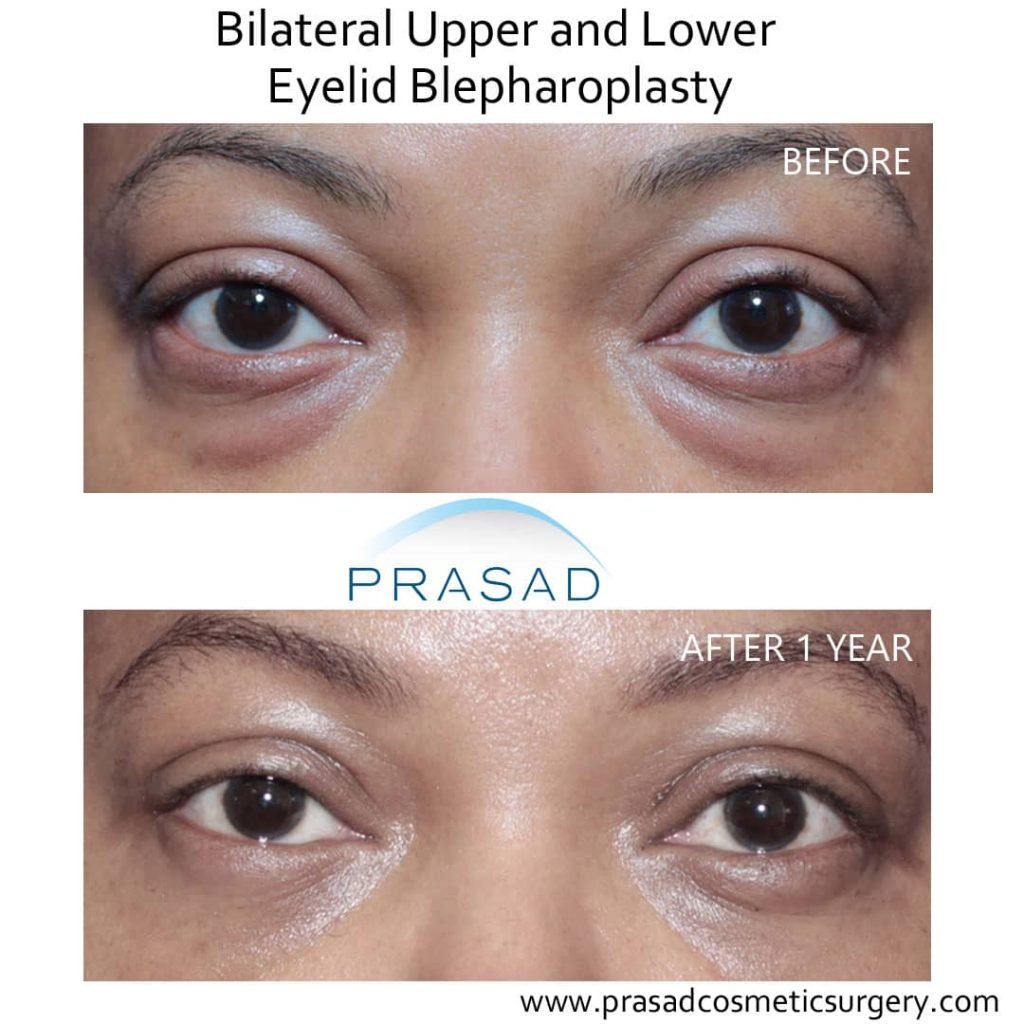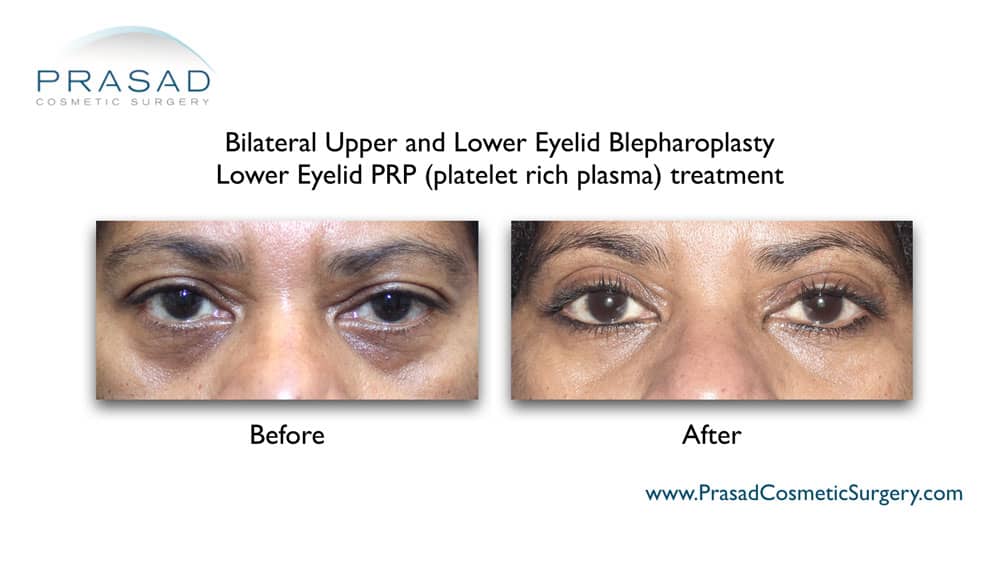People with dark skin, such as those of African, Hispanic, Mediterranean, and Asian origin, are frequently hesitant about having eyelid surgery because of the risk of unwanted scarring such as keloids. Although it is widely recognized that people with darker skin types are more likely to develop these types of scars, I can discuss how I address upper and lower eyelid surgery for darker ethnic skin types in my practice.
I completed my ophthalmic residency in Brooklyn. After completing my oculoplastic surgery training, I worked as a division chief in the same hospital for several years. We serviced a neighborhood that was predominantly African in origin, but also had a sizable Hispanic, and Caribbean population. During this time, I also gained recognition for Asian double eyelid surgery, including primary and revision surgery.


Lower Eyelid Surgery: A Scarless Approach
To avoid eyelid surgery scars, my first rule is, “If you can avoid an incision, do so.” For example, I use the transconjunctival procedure in lower eyelid surgery to eliminate eye bags, regardless of skin color or type. This implies that if a person has puffy under eye bags produced by fat pockets that have herniated forward, I will do the surgery from the inside of the eyelids, with no exterior or outside incisions on the lower eyelid. My goal is to make you look like you’ve never had eye bags or eyelid surgery. The art is to maintain the natural form and character of the eyes.


Minimizing Upper Eyelid Surgery Scars
Upper eyelid surgery requires skin removal, which necessitates an exterior incision and suture placement. When it comes to upper eyelid surgery, there are some additional considerations for various ethnic groups. For example, in Asian eyelid surgery, the level of the crease, the possibilities of non-incisional versus incisional, the type of epicanthal fold, and if fat should be eliminated make this type of surgery a specialization within my business.




The design of upper eyelid skin removal is crucial. We aim to avoid an incision line that is visible outside the eyes while they are open. The skin closure tension should be kept to a minimum, and the sutures and suture technique are crucial in creating a tiny line that is effectively camouflaged within the natural upper eyelid crease.
I typically conduct upper and lower eyelid surgery under local anesthesia with LITE IV sedation, which allows patients to be more comfortable and recover from surgery faster than general anesthesia. Typically, my patients return to work within a week.

Customizing Eyelid Surgery for Different Ethnic Groups


Blepharoplasty Manhattan, NYC; and Long Island, New York
Dr. Amiya Prasad is a Board-certified cosmetic surgeon, and Fellowship-trained in oculofacial plastic and reconstructive surgery. He has over 25 years of experience practicing in Manhattan and Long Island. To book an appointment, please fill out the form below or call one of his offices: New York at (212) 265-8877; Garden City at (516) 742-4636; or Vienna, Virginia at (703) 356-1336 / (703) 821-2683.
